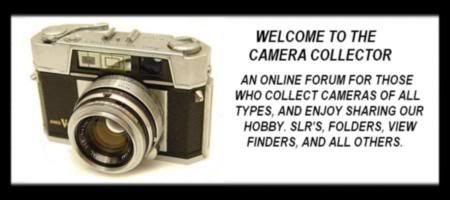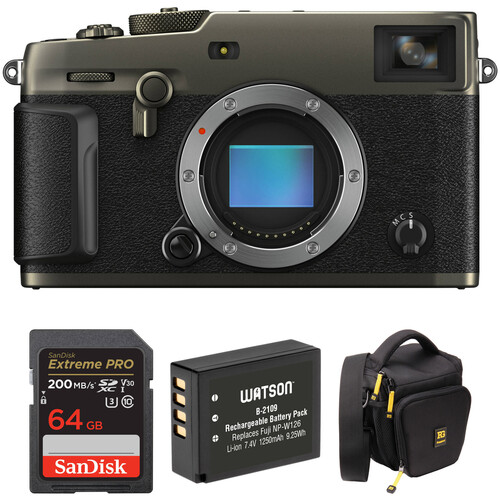Post by belgiumreporter on Jun 22, 2020 5:33:17 GMT -5
One of the first Japanese SLR's the 1952 Asahiflex was design-wise a simple copy of the 1939 German Praktiflex, designers Nebouyuki Yoshida and Rykei Suzuki didn't think anything more was needed to make pentaxes first SLR.The design was mainly form follows function with little regard to aestetics

The 1959 Nikon F designed by Yasuka Kamekura was inspired on zen culture. The shape of the F would basicly be the shape of allmost every 35mm SLR save some minor styling details.Still the hexagonal body shape still bears the heritage of Contax on wich he Nikon rangefinders were besed. The story goes it was called the F because this was the middle letter of the word reFlex, chosen because the letter R didn't exist in Japanese and was unpronounseable by the Japanese.

When adding motordrives and metering prisms the F became somewhat of a mess design wise. This was corrected with the F2 and MD motors wich looked more an integral part of the design than the F36 on the F ever did.

While the shape and volume of SLR's didn't change very much over more than a decade in 1972 Olympus entered the market with the OM1 the first SLR with a smaller form factor. Designed by Maitani Yoshihisha it was proof that with some clever design a SLR didn't need to be as big and heavy as they used to be. It started a small revolution in camera design and different camera makes launched their own “small” SLR's the 1976 pentax M series was even smaller than the OM1 while Nikon made the FM bigger than the OM but smaller than anything else that Nikon had on offer

Now for real “design” we had to wait untill 1975 when the Contax RTS was launched it was designed by Prof. Dr. KatsuikoSugaya BUT stylised by the Porche design studios wich probably owns it the name of the first “Designer” camera.I don’t think there was any photo magazine that diudn’t put that camera in full color on their front page, this was the one to have if you wanted to be seen as a fashionable photographer. As a co-operation with Zeiss it was Yashica’s attempt to be taken serious on the camera market even though there was never a big breaktrough they kept on producing contax branded cameras that appealed only to a small niche market. (and i have to get this off my shest: i’ve had troubles with every contax i’ve owned!)

Then in 1980 the Nikon F3 came out designed by Giorgetto Guigiaro. The famous red vertical line on the grip would become the trademark of all later nikon bodies. Still the F3 had the same shape and volume as all previous models.

Later on SLR's started losing their filmtransport levers (because motordrives became an integral part of the body) LCD screens, push button operation and somewhat later the AF became main stream.
The Nikon F301, Canon T50/70/80 , Minolta 7000 to name just a few, are good examples of this evolution in style.

Came 1986 Canon surprised the photo community with something completely different: the Luigi Colani designed T90 witch, with its organic design, looked dramatically different from anything else. It earned the nickname “the tank” and was an exeptional camera both in design and features. This was the styling that shaped how all “modern” SLR's and even DSLR's from then on would look like.
Even today it looks modern the only thing giving it's age away is the manual FD lens. The T90 was the ultimate and last manual focus Canon wich was only one year in production before the EOS and auto focus revolution.

These days camera makers seem to go for the retro look with crome alongside the black bodies. Also moving away from the “lumpy” organic design towards the classic edgy three volume with pentaprism.

The 1959 Nikon F designed by Yasuka Kamekura was inspired on zen culture. The shape of the F would basicly be the shape of allmost every 35mm SLR save some minor styling details.Still the hexagonal body shape still bears the heritage of Contax on wich he Nikon rangefinders were besed. The story goes it was called the F because this was the middle letter of the word reFlex, chosen because the letter R didn't exist in Japanese and was unpronounseable by the Japanese.

When adding motordrives and metering prisms the F became somewhat of a mess design wise. This was corrected with the F2 and MD motors wich looked more an integral part of the design than the F36 on the F ever did.

While the shape and volume of SLR's didn't change very much over more than a decade in 1972 Olympus entered the market with the OM1 the first SLR with a smaller form factor. Designed by Maitani Yoshihisha it was proof that with some clever design a SLR didn't need to be as big and heavy as they used to be. It started a small revolution in camera design and different camera makes launched their own “small” SLR's the 1976 pentax M series was even smaller than the OM1 while Nikon made the FM bigger than the OM but smaller than anything else that Nikon had on offer

Now for real “design” we had to wait untill 1975 when the Contax RTS was launched it was designed by Prof. Dr. KatsuikoSugaya BUT stylised by the Porche design studios wich probably owns it the name of the first “Designer” camera.I don’t think there was any photo magazine that diudn’t put that camera in full color on their front page, this was the one to have if you wanted to be seen as a fashionable photographer. As a co-operation with Zeiss it was Yashica’s attempt to be taken serious on the camera market even though there was never a big breaktrough they kept on producing contax branded cameras that appealed only to a small niche market. (and i have to get this off my shest: i’ve had troubles with every contax i’ve owned!)

Then in 1980 the Nikon F3 came out designed by Giorgetto Guigiaro. The famous red vertical line on the grip would become the trademark of all later nikon bodies. Still the F3 had the same shape and volume as all previous models.

Later on SLR's started losing their filmtransport levers (because motordrives became an integral part of the body) LCD screens, push button operation and somewhat later the AF became main stream.
The Nikon F301, Canon T50/70/80 , Minolta 7000 to name just a few, are good examples of this evolution in style.

Came 1986 Canon surprised the photo community with something completely different: the Luigi Colani designed T90 witch, with its organic design, looked dramatically different from anything else. It earned the nickname “the tank” and was an exeptional camera both in design and features. This was the styling that shaped how all “modern” SLR's and even DSLR's from then on would look like.
Even today it looks modern the only thing giving it's age away is the manual FD lens. The T90 was the ultimate and last manual focus Canon wich was only one year in production before the EOS and auto focus revolution.

These days camera makers seem to go for the retro look with crome alongside the black bodies. Also moving away from the “lumpy” organic design towards the classic edgy three volume with pentaprism.










